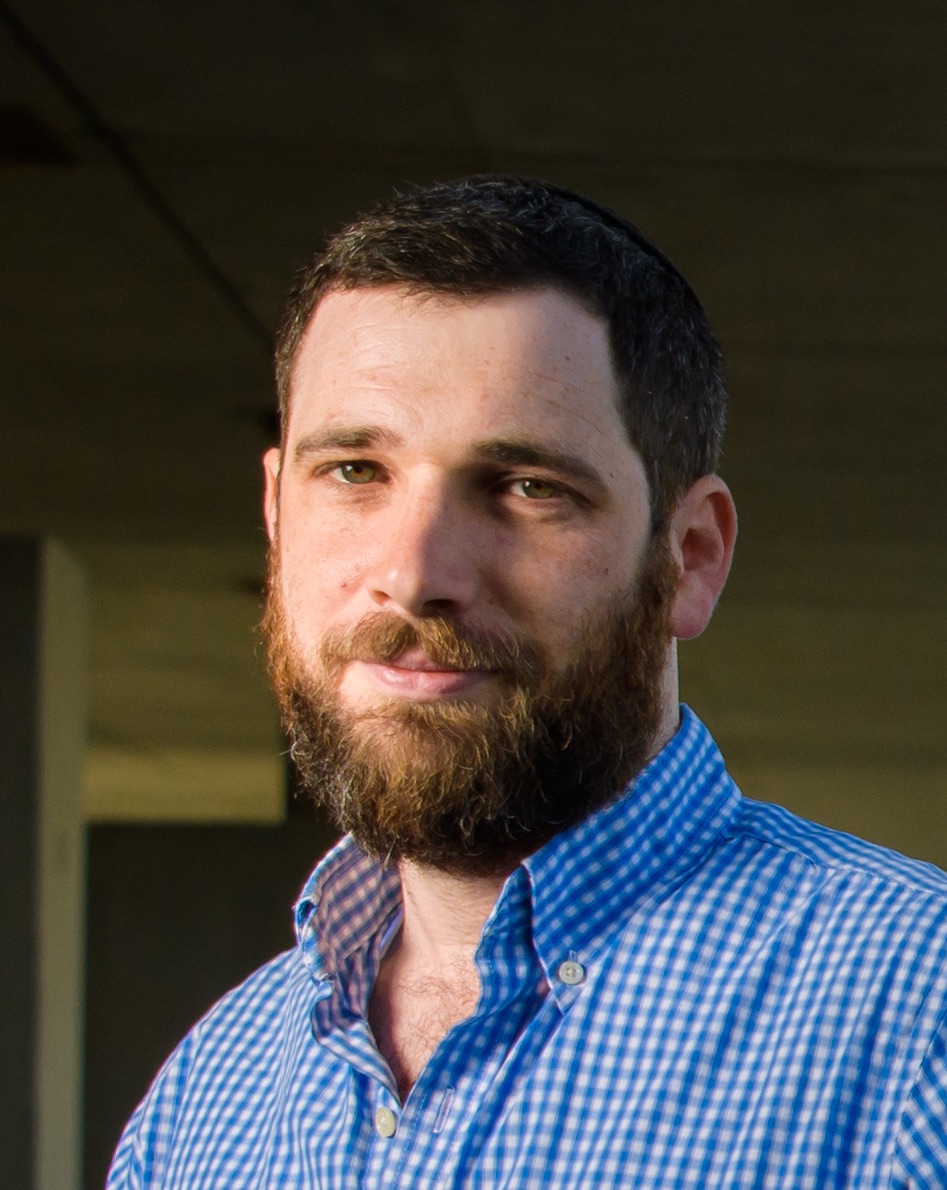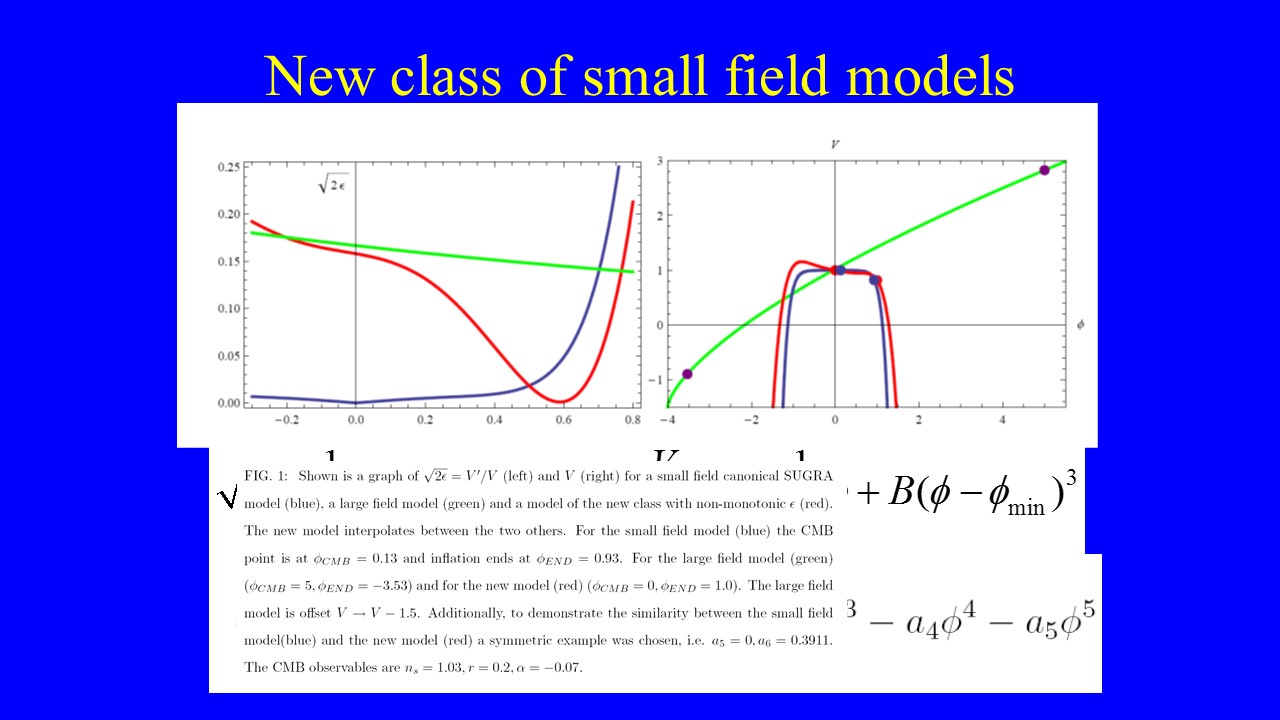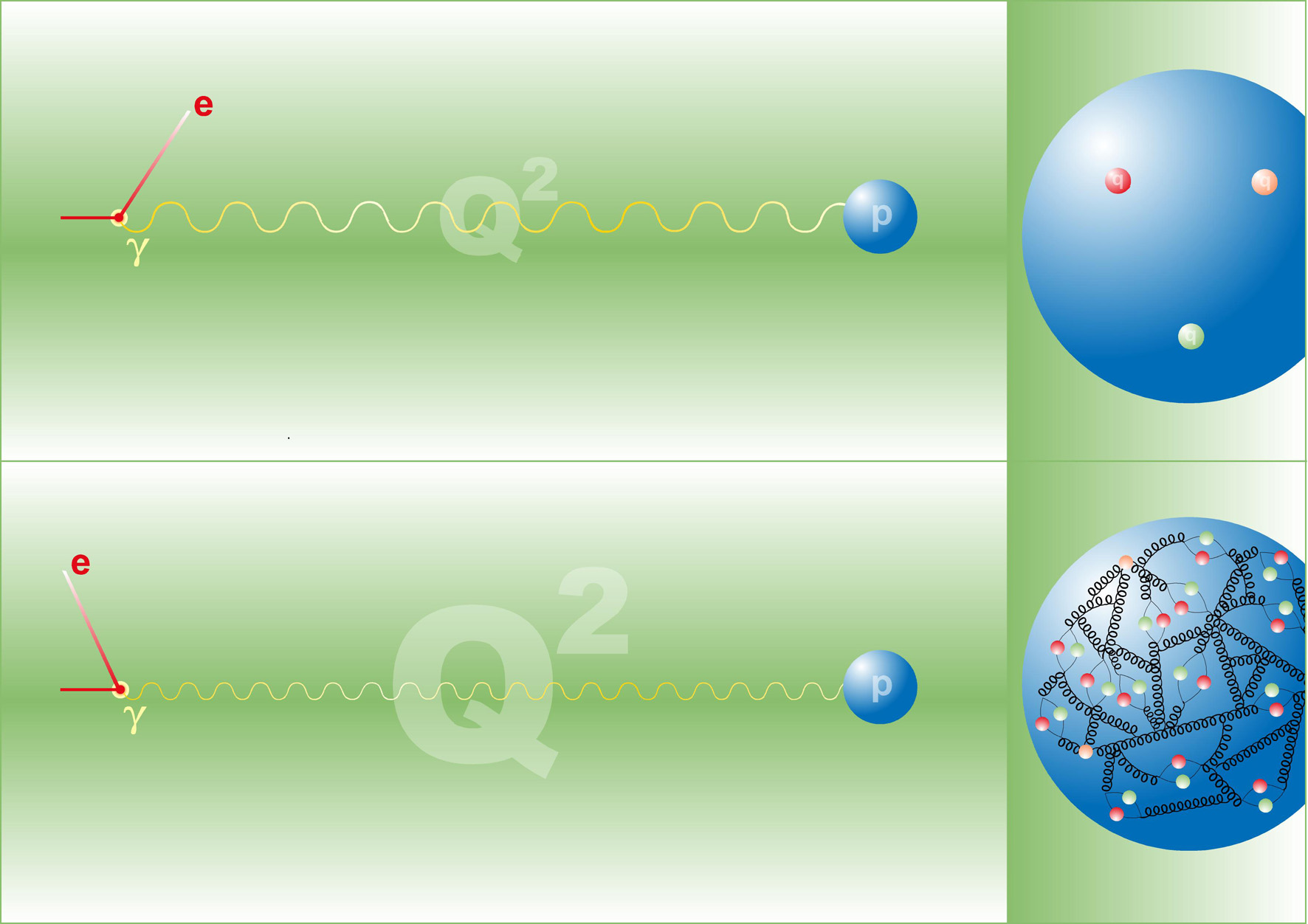
Brustein, Ram
Black Holes; Cosmology; Gravitation; String theory

Chapman, Shira
Quantum field theory; Quantum gravity; Gravitational holography

Citron, Zvi
High energy nuclear physics; relativistic heavy ion collisions; ATLAS/LHC collaboration. Studying the Earliest Moments of the Universe with the World’s …

Davidson, Aharon
Dilaton Gravity, Brane Gravity, Conformal Gravity, General Relativity, Classical/Quantum Cosmology, Kaluza-Klein theory, Grand Unified Theories, The Standard Model.

Kats, Yevgeny
Particle physics beyond the Standard Model. Interpretation of results from the Large Hadron Collider (LHC). Measurement techniques and analysis methods …

Lublinsky, Michael
Quantum Chromo-Dynamics; Heavy Ion Collisions; Collider (LHC,RHIC,EIC) Phenomenology Fluid-Gravity correspondence (gauge-string duality).

Palti, Eran
Quantum Gravity; String Theory; Theoretical Particle Physics and Cosmology.

Moalem, Amnon
Particle physics; Nuclear physics

Owen, David
Quantum Electro-Dynamics; Quantum Chromo-Dynamics; General relativity
Research highlights
Quantum gravity & quantum black holes (Brustein's Group)
Are Einstein's equations and general relativity compatible with quantum mechanics? In spite of intense efforts over the last 40 years by some of the best physicists we still do not know the answer .
I study the properties of black holes and other space-times with horizons to probe the laws of quantum gravity. Based on our recent research, our proposed answer is: Yes. The apparent incompatibilities between general relativity and quantum mechanics originate from the extreme approximation of treating spacetime as a strictly classical geometric object.
Cosmology (Brustein's Group)

The early universe is used as a theoretical laboratory for studying fundamental physics, the laws of gravity and quantum mechanical aspects of matter under extreme conditions.
We study models of cosmic inflation in the early universe and dark energy in the late universe and their possible realizations in quantum field theory and string theory models.
Our recent research focuses on models of high-scale inflation which produce an observable signal of gravitational waves in the cosmic microwave background.
QCD at High Energies (Lublinsky's Group)

We have entered the fascinating era of the Large Hadron Collider.
The microscopic theory describing the structure of protons and nuclei is the theory of strong interactions, known as Quantum ChromoDynamics (QCD). Even though the fundamental theory is known, it is extremely difficult to deduce results of collision processes from first principle QCD calculations. This is due to complexity of the theory involving mutual interactions between gluons, the "photons" of strong interactions.
Fluid-Gravity Correspondence (Lublinsky's Group)
Quark Ggluon Plasma (QGP) is created in Heavy Ion Collisions at
the Relativistic Heavy Ion Collider (RHIC) and LHC. A striking discovery of RHIC is that QGP produced there is strongly coupled and behaves like a nearly perfect fluid with relativistic hydrodynamics being an appropriate description of the observed phenomena.
Remarkably, hydrodynamical properties of QGP could be studied using gravitational theory of Black Holes in curved five-dimensional spaces. The fluid/gravity correspondence relates graviton`s absorption by a Black Hole to dissipation taking place in the QGP.
Effective Theories and Quantum Gravity (Palti's Group)

Effective theories are simplified physics models which neglect high-energy processes. If those theories include gravitational physics, then the omitted high-energy physics must include that of Quantum Gravity. Not all effective theories can be consistently completed at high energies into Quantum Gravity. Those which can are said to belong to the Landscape of effective theories. While those which cannot are said to belong to the Swampland of inconsistent theories. We study what are the criteria which differentiate an effective theory in the Landscape from one in the Swampland.
